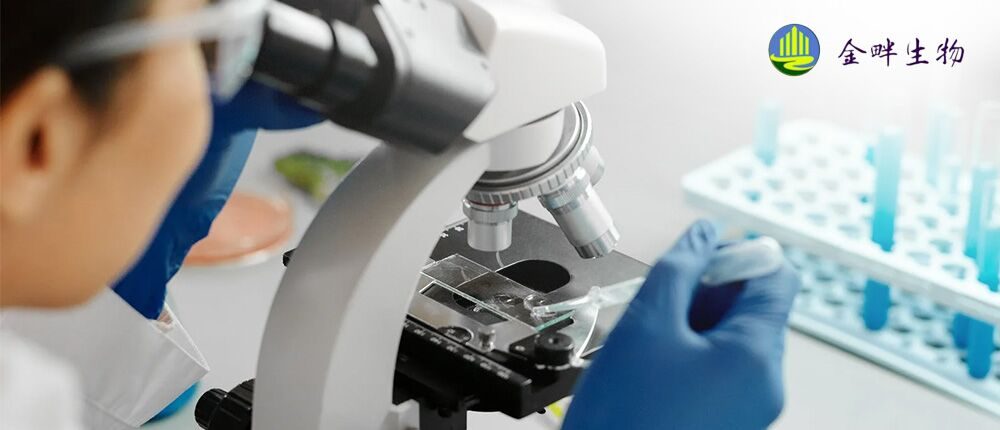Wako 129-02541赖氨酰肽链内切酶 Lysyl Endopeptidase
货号:129-02541,125-02543
保存条件:-20℃冷冻
供应商:上海金畔生物
品牌:Wako(和光纯药工业株式会社)
英文名:Lysyl Endopeptidase®
规格:1vial (10AU) /1vial (2AU)
日本和光(Wako)生产的赖氨酰肽链内切酶,本产品是质谱分析前处理时常用的蛋白分解酶即赖氨酰肽链内切酶,该酶可以特异性切除赖氨酸基团 C 末端 的多肽,可用于蛋白测序分析和 Lys-X 化合物的酶合成。若同时使用赖氨酰肽链内切酶和胰酶,可更好地切断赖氨酸 基团的多肽,增加多肽的数量。产品已按照使用习惯做成小包装,是方便使用的冷冻干燥品。
来源:细菌
外观:冻干粉(包含2 mmol/L Tris-HCl缓冲液,pH 8)
活性:0.03~0.07AU/vial
分子量:27,000(琼脂糖过滤),30,000(SDS-PAGE)
溶解性:溶于水或缓冲液
稳定性:溶解于pH值5.0-12.0的Tris缓冲液中,可在4℃稳定保存2年。
在pH值6.0-11.0 30℃时能稳定保存,但温度超过50℃时不稳定。
最适pH值:9.0~9.5
等电点:6.9~7.0
Lysyl Endopeptidase, originally isolated from the soil bacterium discovered by Masaki, et al. cleaves specifically the peptide bonds at the carboxy-terminal side of Lysine residues and S-aminoethylcysteine residues with a high degree of specificity, making it a valuable tool for protein sequence analysis and for enzymatic synthesis of Lys-X compounds. An added feature of Lysyl Endopeptidase is its ability to retain complete activity after incubation in 4M urea or in 0.1% SDS solution for up to 6 hours at 30 degrees C.
Appearance: Lyophilized form containing ca. 10% Tris-HCl buffer, pH 8.
Activity: Shown on each label
Molecular Weight: 27,000 (gel filtration); 30,000 (SDS electrophoresis)
Solubility: Soluble in water or buffer solution.
Stability: Stable at 4 degrees C, when dissolved in buffer of pH 5~12. Stable at 30 degrees C in the range of pH 6~11, but unstable at 50 degrees C or higher.
Optimal pH: 9.0 -9.5 (Amidase activity)
Isoelectric point: 6.9~7.0
Substrate specificity:
Hydrolysable substrate … Tos-Lys-Ome, Bz-Lys-NH2, Bz-Lys-pNA, Lys-pNA
Unhydrolysable substrate … Bz-Arg-NH2, Bz-Arg-pNa, Arg-pNA
Inhibitors: DFP, PMSF, TLCK
Unit definition: One amidase unit (AU) is the amount of enzyme, which will produce 1 micromole of p-Nitroaniline per minute at 30 degrees C, pH 9.5.
Source: Bacteria
Originally, the source of this product was indicated as “Achromobacter lyticus” based on the physiological and morphological properties of the bacteria. However, we confirmed that the 16SrDNA sequence was highly homologous to that of Lysobacter.

